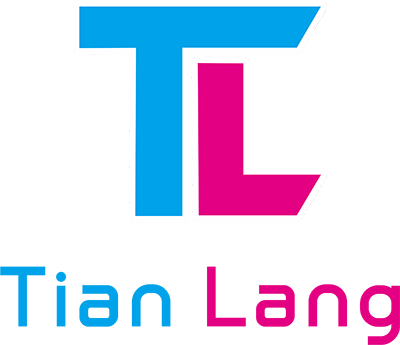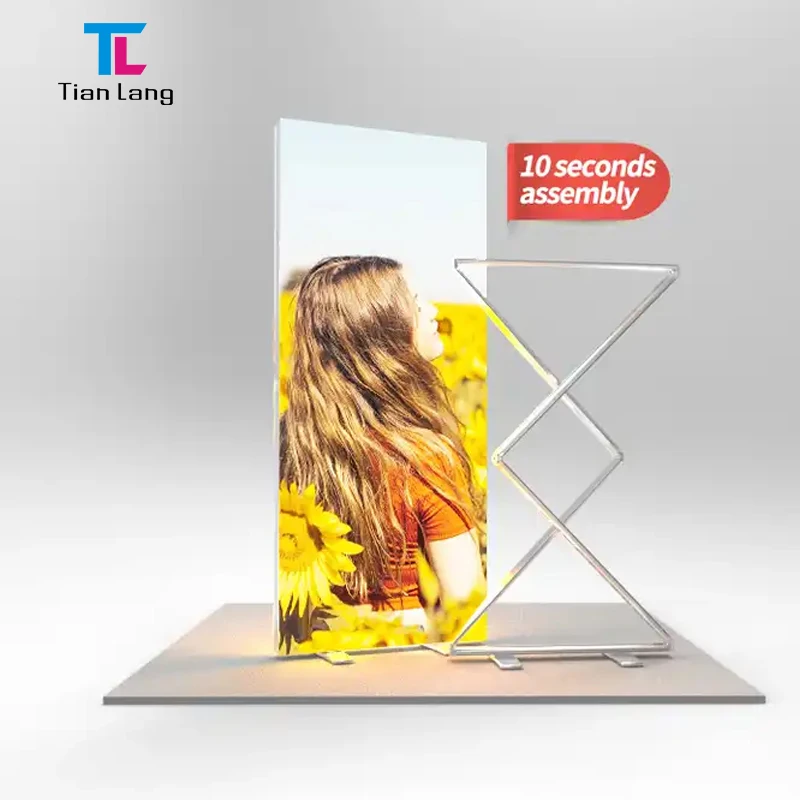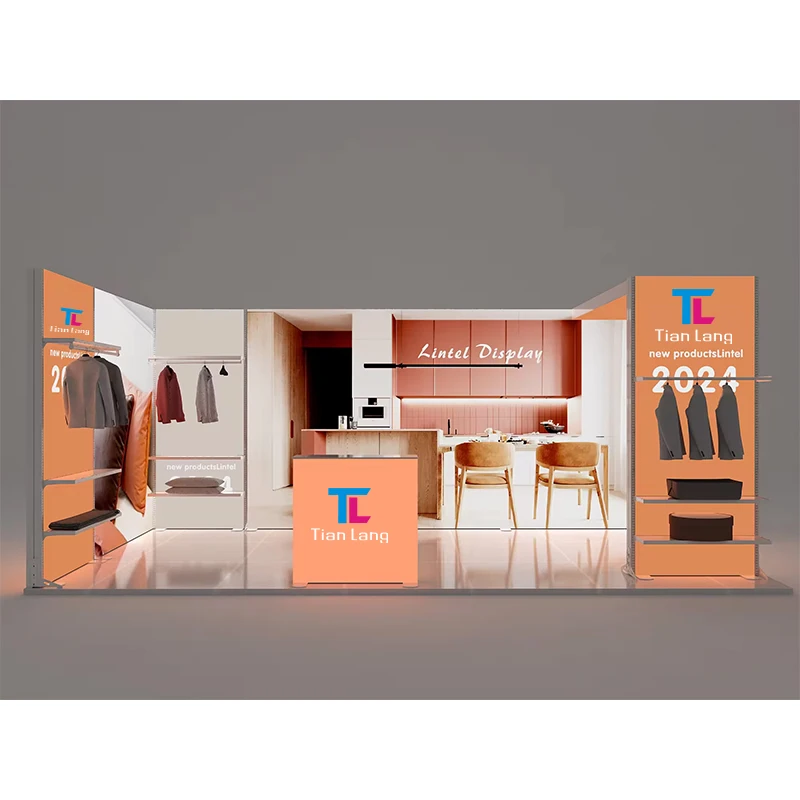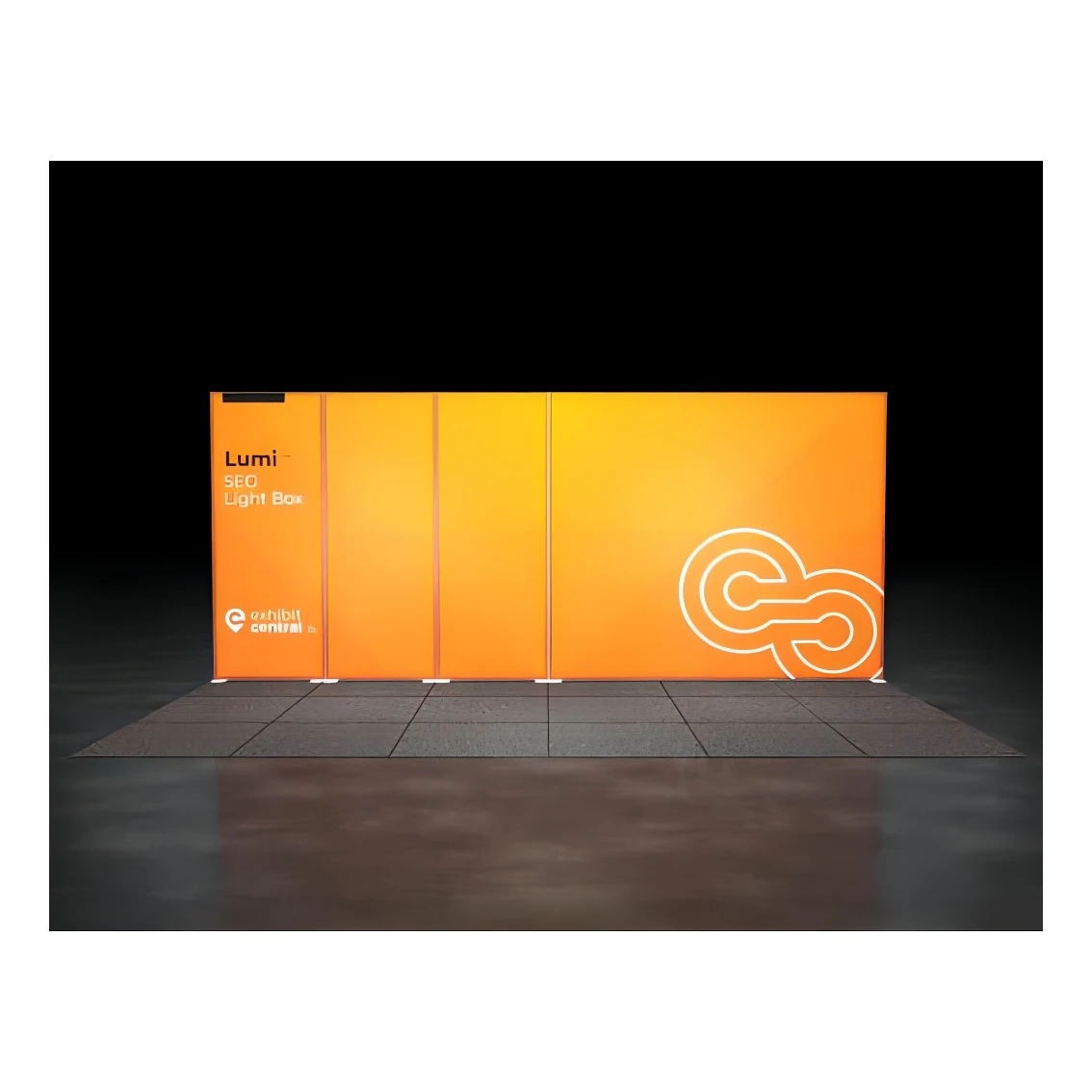How to Choose the Right Size Exhibition Light Box for Your Event
Understanding Your Event Space and Venue Dimensions
Measuring Available Space for Exhibition Light Boxes
To optimize your exhibition light box placement, it's crucial to start by measuring the total area allocated for the booth. This includes both height and width dimensions to ensure compliance with venue restrictions and avoid any mishaps during setup. When determining these dimensions, consider the placement of entrances, exits, and emergency routes as they can significantly affect light box positioning. Utilizing precise measurement tools like laser distance meters helps minimize errors and provides an accurate calculation of usable exhibition space. Moreover, documenting any obstructions such as pillars or walls is essential, as these can impact the visibility or placement of light boxes. By referencing venue specifications and thoroughly understanding event logistics, one can maximize the efficiency of the exhibition area using effective display placement.
Trade Show Booth Design Considerations for Optimal Placement
Designing a trade show booth requires careful planning to achieve optimal light box placement. Start by analyzing the flow of foot traffic within the venue to strategically position light boxes in high-visibility areas. Incorporating design elements aligned with your company's branding and messaging will naturally draw attention to your booth. It's crucial to consider venue-specific lighting conditions that might affect the visibility of the light boxes, ensuring they remain prominent throughout the event. Evaluating competitor placements and exhibit designs can reveal opportunities for unique light box positioning, setting your booth apart with trade show display ideas. Collaborate with experienced exhibition designers who can guide the optimization of booth layout while adhering to regulations. This process not only enhances the aesthetic appeal of your booth but also effectively communicates your brand's message to the attending audience.
Matching Light Box Size to Display Content and Purpose
Balancing Visibility and Message Density
When selecting the right size for your exhibition light boxes, balancing visibility with message density is crucial. You need to determine the key messages you want to convey and evaluate how much space they require for clear communication. Larger light boxes might be ideal for conveying broad messages, while smaller ones could be more effective for showcasing detailed graphics. Audience research data can offer insights into the optimal sizing that resonates with your potential customers. Achieving a visual balance that enhances brand recognition without overwhelming viewers is vital. Additionally, consider how the size of the light box impacts readability from various distances within the exhibit area.
Custom Trade Show Exhibits vs. Standard Sizing
Deciding between custom trade show exhibits and standard sizing involves weighing the potential benefits of unique designs against cost considerations. Custom sizes cater specifically to your brand needs, potentially offering design solutions that better showcase your products or messages. There are numerous case studies illustrating that customized light boxes can enhance engagement and improve visitor turnout. However, factors such as budget constraints and design flexibility must be taken into account. Engaging with designers can help you understand the impacts of various sizes on the overall aesthetic and functionality of your booth, enabling you to make a decision that aligns with your strategic trade show objectives.
Standard vs. Custom Exhibition Light Box Sizes
When to Opt for Modular or Bespoke Solutions
When deciding between modular and bespoke solutions for exhibition light boxes, it's crucial to analyze the specific goals and objectives of the event. Modular designs offer flexibility and efficient scalability across various events, enabling reconfiguration to adapt to different layouts over time. This is particularly beneficial for businesses involved in recurring trade shows, where modular solutions provide cost-effective versatility. On the other hand, bespoke solutions often create a stronger brand presence in competitive landscapes, as they allow for highly personalized designs that cater to unique brand needs. By examining case studies, we can see how custom trade show exhibits have significantly enhanced engagement and visitor turnout, providing a competitive edge. Each option entails different levels of investment, making it important to weigh the benefits of long-term reusability against the need for distinct visual impact.
TianLang Light Box Solutions for Trade Show Success
Aluminum 10s Assembly Lightbox (10x20ft Modular Design)
The Aluminum 10s Assembly Lightbox by TianLang is a trade show staple, crafted from lightweight yet durable materials that simplify installation and transportation. This modular design is ideal for large exhibitions as it offers cost-effective versatility across varied event types. Users appreciate the ease of use and the striking visual impact it has during real trade show experiences. Customization features are extensive, allowing exhibitors to tailor branding and graphics to significantly boost client engagement. Installation is straightforward, and clear instructions are provided, ensuring even those with limited experience can set up the light box efficiently.
Reusable Easy-Install 10'x10' Fabric SEG Lightbox
TianLang's Fabric SEG Lightbox is renowned for its reusability and easy storage capabilities. Fabric light boxes install rapidly, saving exhibitors precious time during busy events compared to traditional setups. In action, these light boxes showcase a visually appealing presence, drawing attention in live environments. Their environment-friendly fabric solutions offer significant advantages over conventional materials, making them popular among eco-conscious exhibitors. Maintenance is straightforward, ensuring long-lasting use by addressing common FAQs in the comprehensive setup guides.
Frameless LED Modular Booth with Expo Wall Integration
The Frameless LED Modular Booth from TianLang is a modern marvel in trade show aesthetics. These booths impress with their sleek design, adding sophistication to any event space while integration capabilities enhance overall booth design. The effectiveness of LEDs in attracting visitor foot traffic is backed by industry reviews and expert interviews. Furthermore, exhibitors can rely on detailed electrical safety guides that outline setup considerations across various venues. A cost-benefit analysis underscores the impressive ROI from promotional campaigns using LED displays, underscoring why these investments are becoming increasingly popular.
Installation and Portability Factors by Size
Weight Distribution for Large-Format Light Boxes
Ensuring the safe weight distribution of large-format light boxes is essential for maintaining stability and safety in high-traffic venues. Engineering principles such as proper load balancing and weight dispersion are key in managing these installations. For example, using specific materials like aluminum can significantly reduce weight without compromising strength, ultimately aiding in even weight distribution. It's recommended that exhibitors assess the maximum load per square foot to comply with safety guidelines—typically, this involves ensuring the weight doesn't exceed certain thresholds specific to the venue. To aid exhibitors, a checklist including securing fixtures and verifying ground stability can help achieve a secure and stable installation.
Setup Time Efficiency for Temporary Exhibitions
Effective management of setup time is crucial for temporary exhibitions, where design efficiency can greatly impact overall success. The ease and speed of assembling and disassembling light boxes can boost attendee engagement by allowing more time for interactions rather than setup. Insight from experienced event planners suggests configurations catered to quick setup, such as modular designs, are best for maximizing efficiency. Implementing best practices, such as organizing components methodically and pre-planning the arrangement, can streamline the process. By following actionable tips—like pre-testing the setup in a controlled environment—exhibitors can substantially decrease any downtime before the exhibition begins, enhancing their readiness and presence on the trade show floor.
 EN
EN
 FR
FR DE
DE PT
PT ES
ES AR
AR BG
BG HR
HR CS
CS DA
DA FI
FI NL
NL EL
EL IT
IT JA
JA KO
KO NO
NO PL
PL RO
RO RU
RU SV
SV CA
CA TL
TL IW
IW LV
LV LT
LT SR
SR SK
SK SL
SL ET
ET MT
MT TH
TH FA
FA AF
AF MS
MS SW
SW GA
GA KA
KA



